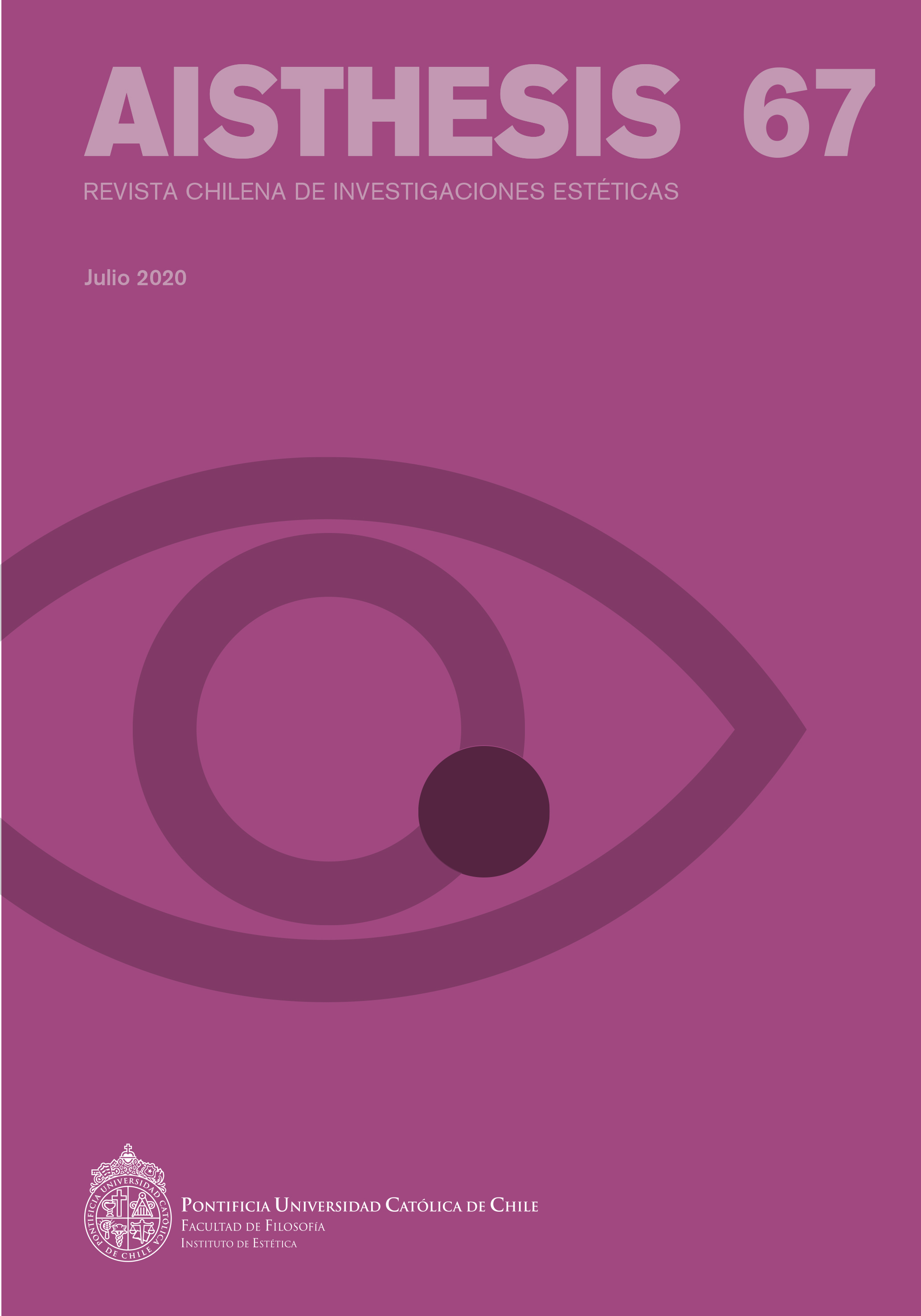Recompose the Landscape: Evidence and Denounce
Main Article Content
Abstract
The investigation states that the landscape was repetitive in the visual testimonies of the Chilean military dictatorship. By landscape it comprises a visual, political and cultural construction, which gives space-reference density to the memory accounts. In this context, we distinguish a struggle of meanings: first, authoritarianism instrumented the landscape to convey the subterranean values and promoted the legitimacy of the regime. At the same time, the resistance generated denotative landscapes, in an accusatory-testimony key, which materialized in endless means. Specifically, a corpus composed of arpilleras and drawings in prison will be examined. Beyond its specificities, we propose that one of the main functions that brings together both sets is its use as a device of evidence and denunciation. Thus, we will try to recompose part of the dissident landscape by weaving together certain images that account for the spatial substrate of the events.
Downloads
Article Details

This work is licensed under a Creative Commons Attribution-NonCommercial-ShareAlike 4.0 International License.
All contents of this electronic edition are distributed under the Creative Commons license of "Attribución-shareAlike 4.0 Internacional" (CC-BY-SA). Any total or partial reproduction of the material must mention its origin.
The rights of academic works published in this publication belong to their authors., who grant to AISTHESIS: Revista Chilena de Investigaciones Estéticas the license for its use. The management of the permits and the authorization of the publication of the images (or of any material) that contains copyright and its consequent rights of reproduction in this publication is the sole responsibility of the authors of the articles
